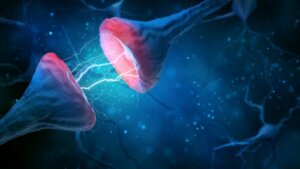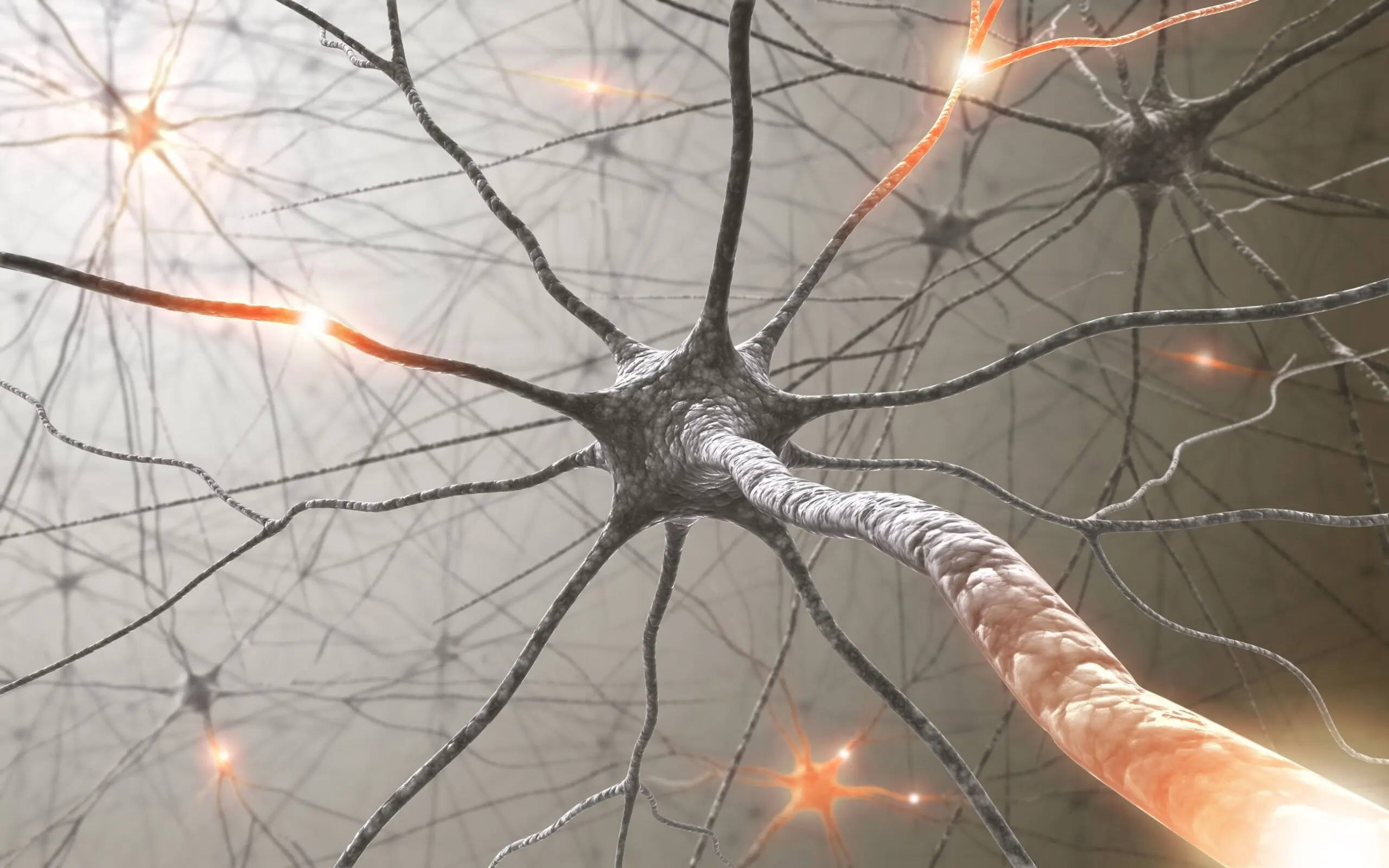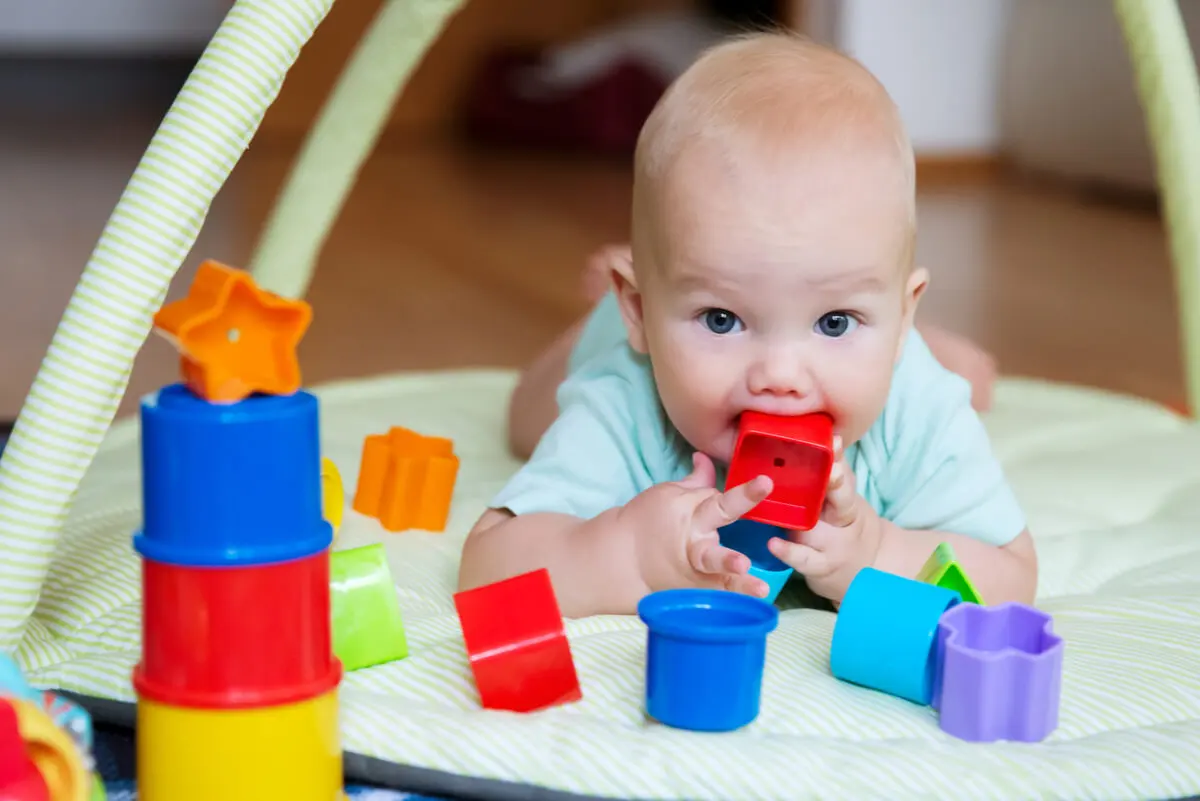Synaptic Pruning: What Is It and Why Is It So Important?


Written and verified by the psychologist Maria Fatima Seppi Vinuales
We breathe, walk, work, play with our kids, think up recipes, and carry them out. These are just some of the activities we’re able to perform in our daily lives, without asking ourselves what’s behind it all and what makes them possible. The answer lies in synaptic pruning.
This feat of engineering works through the destruction of neurons. Destroying in order to build and strengthen? Paradoxically, yes. Let’s see what it is and why it’s so important.
What is synaptic pruning?
To understand what synaptic pruning is, let’s first take a look at what neurons are and how they function. A neuron is understood as a highly specialized type of nerve cell, which has the function of receiving, processing, and sending information through electrical and chemical impulses.
Neurons are message carriers. And that’s where the following concept takes place: the synapse.
Synapse refers to a brain process of contact between neurons. The sending cell sends or produces neurotransmitters that are deposited in the synaptic space and come into contact with the receiving neuron, which reacts by either exciting or inhibiting its response.
Put more simply, synapsis is neuronal communication. Now, synaptic pruning is a process during which there’s a removal of synaptic connections that we aren’t using and don’t need.
This frees up the brain and helps it to be more efficient. It occurs in childhood, but especially in adolescence.
This is because we’re born with numerous neural connections, which are much higher in the first years of life compared to adulthood. However, the brain needs to perfect its development and functioning.

Stages of synaptic pruning
Neuronal pruning takes place in different stages:
- From the embryonic stage and up to 2 years of life there’s a proliferation of neurons and connections. This allows the brain to adapt to the context and learn.
- From the age of 3, synaptic pruning begins, which reorganizes the brain, strengthening those connections that are used and necessary, while eliminating those that aren’t.
Importance of synaptic pruning
As we’ve already pointed out, this neuronal destruction is positive and necessary, as it allows the brain to function better. However, like a clockwork machine, the brain needs all these processes to happen in the right measure. When this isn’t the case, disorders occur. For example, excessive neuronal pruning is associated with schizophrenia.
However, synaptic pruning doesn’t happen in the same way in all brain structures. In the prefrontal cortex, the creation of synapses continues until about the age of 20.
This cortex is responsible for executive functions (such as planning and decision-making) and for self-regulation and impulse control. Structures that allow better management of these functions are progressively consolidated.
Finally, it’s worth noting that none of the processes that occur at the brain level are isolated from the environment. The influence of the surrounding context is also key in synaptic pruning.
The stimulation that children receive at an early age allows the brain to consolidate learnings that are worthwhile, while there’ll be other connections that will be left aside. Therefore, it’s a matter of creating an optimal environment to offer the brain different experiences.

Taking care of the brain
From all that has been said, it’s almost a truism to reinforce that the brain is an organ of enormous potential and meticulous processes. It would seem that it functions autonomously, almost as if we had no influence over it. However, this isn’t so.
Our habits, our diet, the time we dedicate to rest and sport, as well as intellectual and leisure activities, are just some of the factors that influence the way in which the brain develops, perfects itself, and grows, and learns.
It looks like a perfect clockwork machine, but it also needs someone to wind it up. And this is where we have our role to play.
That’s why it’s important to look after it and pay attention to it, seeking a life that balances demands with recreation, avoiding prolonged situations of stress, anxiety, and discomfort.
All cited sources were thoroughly reviewed by our team to ensure their quality, reliability, currency, and validity. The bibliography of this article was considered reliable and of academic or scientific accuracy.
- Rosselli, Mónica. (2003). Maduración Cerebral y Desarrollo Cognoscitivo. Revista Latinoamericana de Ciencias Sociales, Niñez y Juventud, 1(1), 125-144. Retrieved February 15, 2022, from http://www.scielo.org.co/scielo.php?script=sci_arttext&pid=S1692-715X2003000100005&lng=en&tlng=es.
- Rose, S. A. (1984). Developmental changes in hemispheric specialization of tactual processing in very young children: Evidence for cross-modal transference. Developmental Psychology, 20, 568-574.
This text is provided for informational purposes only and does not replace consultation with a professional. If in doubt, consult your specialist.








